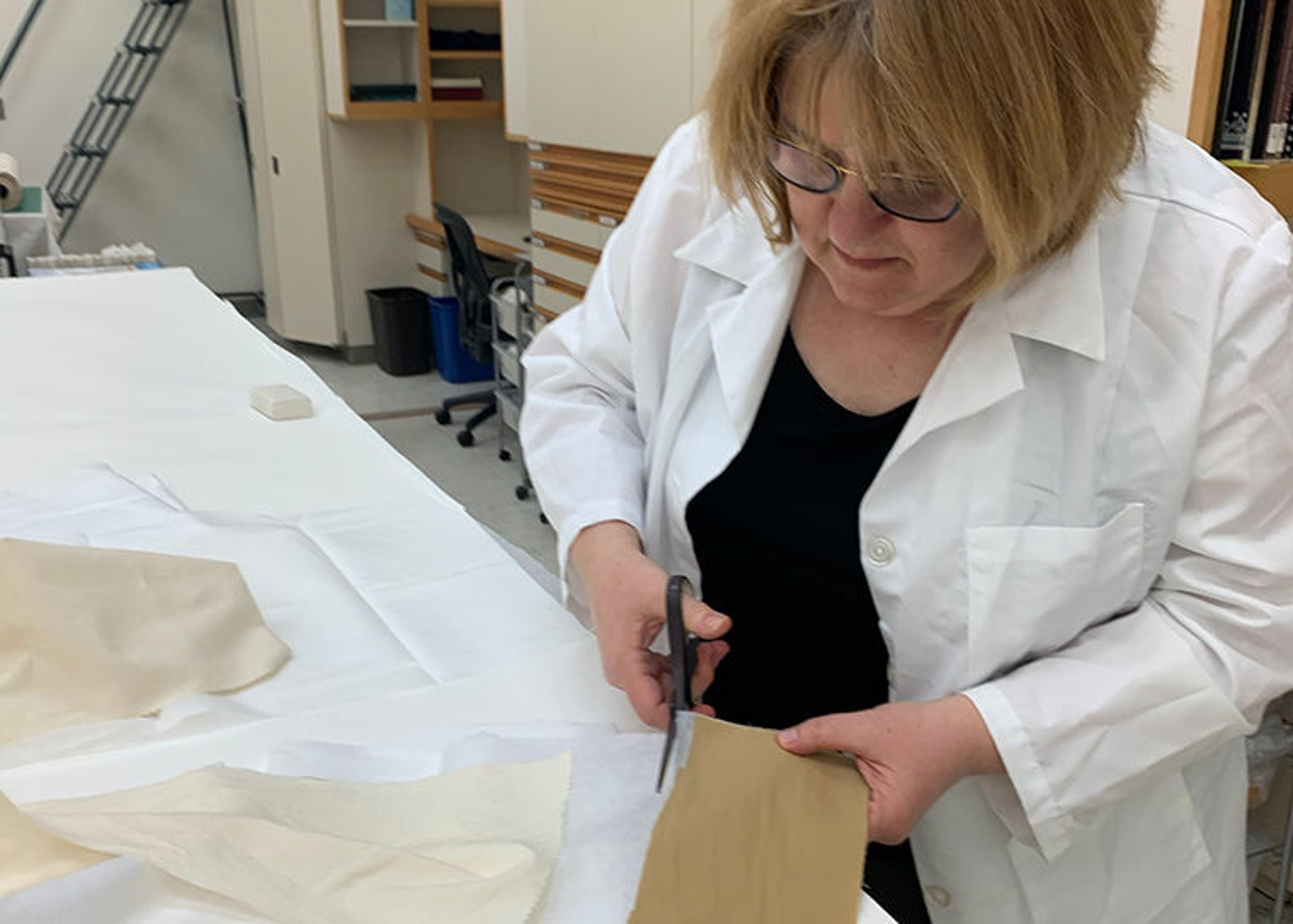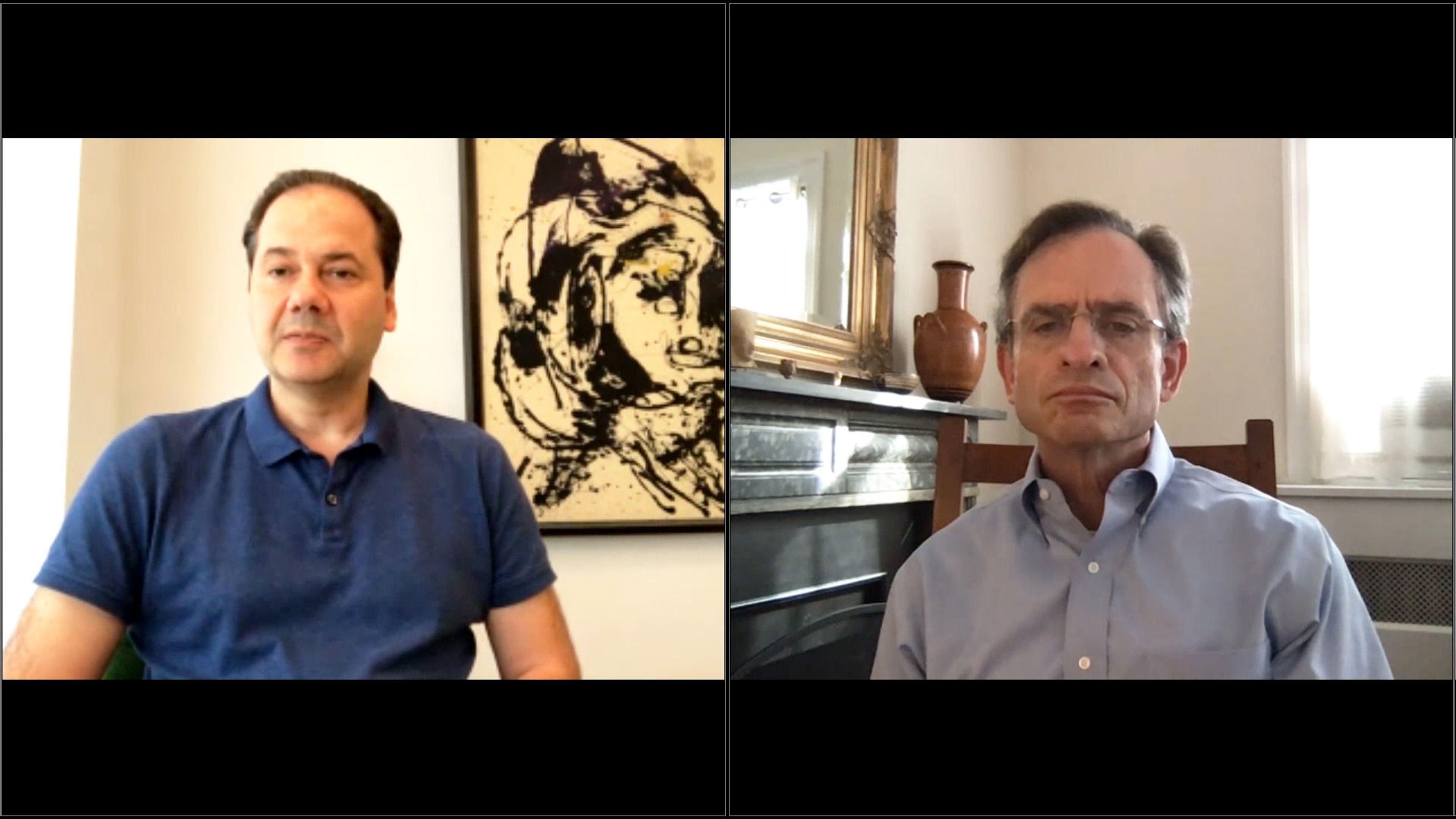Today marks the 150th anniversary of the founding of The Metropolitan Museum of Art. In lieu of the celebrations we had planned, we want to use this occasion to express our sympathy for those suffering from this pandemic and to applaud the many heroic individuals working on the front lines of this public health crisis. Indeed, we are deeply grateful for the Museum's own essential staff who are helping to keep our buildings and collection secure until we can safely enjoy The Met in person again.
As we bear witness to these unprecedented challenges, we should take a moment to reflect on historical events for perspective. This, of course, is what museums do best; they enable us to interpret our past so that we can try to make sense of the present. It has been heartening to see how The Met and other museums around the world have been working remotely to support communities and further outreach while our physical buildings remain closed. The Met is an active, accessible institution where anyone seeking inspiration can engage with our collection, scholarship, and community in countless ways through our online offerings—and you are doing so in numbers that we've never seen before.
Students from Public School No. 6 celebrate flag day at The Met on June 4, 1916, in the middle of World War I.

We want to share a few moments from The Met's history that reflect the ingenuity of our founders and the perseverance of the institution. When the Museum was founded by an intrepid group of New Yorkers in 1870, we had nothing besides our newly minted charter: not one piece of art, and no building to put it in. The founders believed that our burgeoning city should have a museum equal to the great collections of Europe. Thanks to their determination and early vision, today we are the world's largest art museum, spanning five thousand years of art history, and we welcome seven million visitors a year.
That spirit of creativity and ingenuity has sustained The Met throughout our fifteen decades of existence, and it is worth remembering the accomplishments and examples of our predecessors for inspiration. During World War I, for example, in response to the number of serious head injuries suffered by American troops, Bashford Dean, a curator in the Department of Arms and Armor, was asked by the U.S. War Department to design a better, life-saving helmet. In World War II, the Museum was resolute that it would never close its doors even while, as meeting notes reveal, it prepared for "absolutely irreplaceable and especially fragile objects [to be] removed to safety" if bombs ever struck New York. More recently, following September 11, the Museum mounted an exhibition honoring the New York City Fire Department, which featured the sign-out boards of fallen firefighters.

Educator in Charge Emily Blumenthal reads a children's book during a storytime that streamed on April 9, 2020.

Janina Poskrobko, Curator in Charge of Textile Conservation, prepares masks for New York City healthcare workers in 2020.
Through it all, art has provided us joy, comfort, and inspiration, and helped us to foster understanding and compassion, enlightening the lives of our local and global audiences even in the most difficult of circumstances. Right now, there is much to endure, including the losses of artists and other members of our Met community. But there is also much we can draw hope from, including our Met colleagues who, every day, even now, are working to help fulfill our mission for audiences around the world. That is because The Met is not merely a collection of buildings that display outstanding works of art—from all times and from around the world—we are kindred to universities, with experts working on collections, education, research, conservation, and more. Just this past week, through our website and social media outlets, we have streamed storytime for children, premiered a video of a boundary-pushing opera performed in The Met's Englehard Court, and passed along greetings from a heroic maintenance worker who is one of the team members keeping our buildings safe.
The Met is a strong institution and we will endure. It may feel like an eternity, but relatively soon—we are planning now for July 2020—we will reopen our doors, and soon after that we will welcome the community to a celebration of our 150th anniversary. Until then, let us connect as we can with art and our community digitally.
We are keeping all of you in our thoughts and hearts.
